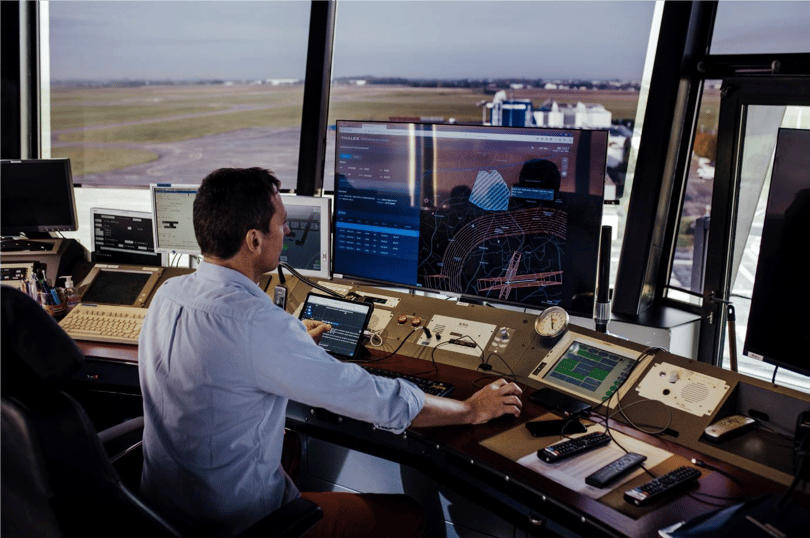Drones are becoming increasingly prevalent in today's world, with their applications expanding rapidly. They serve a wide range of purposes, including parcel delivery, aerial photography, mapping, surveillance, and industrial inspection. Drones have revolutionized our ability to carry out tasks that were once considered hazardous, expensive, and time-intensive. Significant advancements are currently taking place in the field of future air mobility, particularly in Europe. A set of solutions known as U-Spaces is being developed, centered around a high degree of automation. These solutions aim to ensure the safe and secure integration of drones into a connected airspace. As the use of drones continues to grow, it brings with it an increase in air traffic, which can lead to safety concerns in restricted airspace and the potential for collisions with other aircraft. This is where Remote ID emerges as a critical solution to enhance the safety of drone flights, especially by enhancing their visibility. Remote ID technology makes drones conspicuous, enabling them to be easily seen by both unmanned and manned aircraft pilots.

Remote ID functions as a digital license plate, serving to identify and locate drones. This system can be seamlessly integrated within the drone or plugged as an external device. Remote ID transmits a wealth of essential information to both drone operators and the Unmanned Traffic Management (UTM) system, which is a new actor of the evolving regulatory framework.
The information shared by the Remote ID tracker includes the drone's precise location, speed, altitude, heading, total flight time, and the number of flights conducted. By enabling real-time tracking of drones, Remote ID allows authorities to closely monitor their flight paths and swiftly respond to any potential risks or issues. This significant enhancement in flight safety is especially critical in restricted airspace zones like industrial areas, urban environments, and airports.
With the capability to transmit real-time flight information, Remote ID empowers the UTM system to have full awareness of the positions of all flying devices, thereby effectively preventing collisions and ensuring the safety of both drones and other aircraft. Consequently, the airspace becomes a safer environment for all aerial operations, while the ground remains a secure space for everyone on the surface.
Drones are inherently connected, and form an integral part of the Internet of Things (IoT) product family. As cyberattacks targeting IoT devices become more frequent, they generate a significant threat to drone operations. The importance of a cyber-secure Remote ID system for drones cannot be overstated, given its multifaceted role in ensuring safety and privacy.
First, cybersecurity for Remote ID acts as a protective shield for sensitive data, including the identity of the drone owner and flight information, guarding against unauthorized access and misuse, thereby safeguarding personal privacy. Next, it acts as a robust deterrent against potential hacking attempts. A secure Remote ID solution prevents malicious actors from tampering with the identification process. Many countries now require stringent cybersecurity measures for drone operations. Not implementing these safeguards could result in severe legal consequences. Trust in the security of drone technology plays a pivotal role in promoting responsible drone usage.
If you want to know more about this solution, you can visit our Remote ID website page.